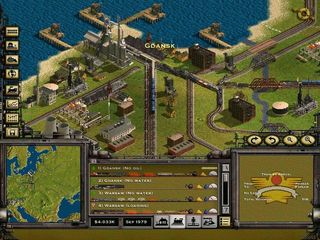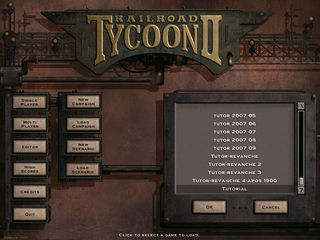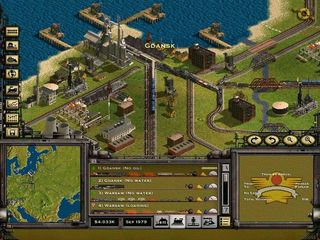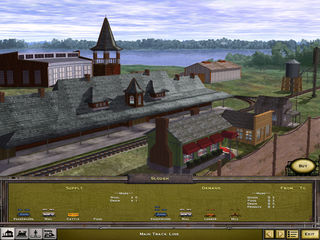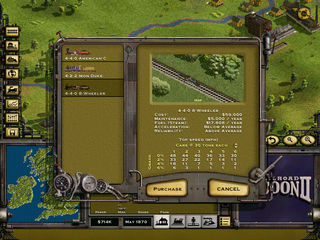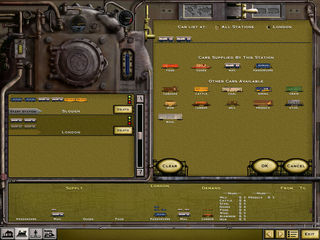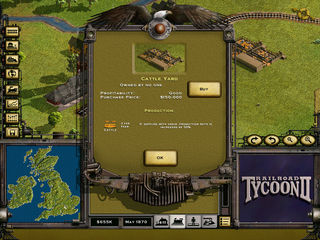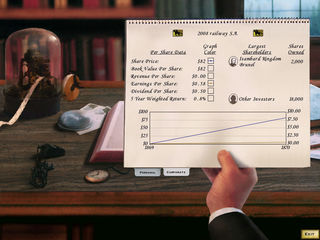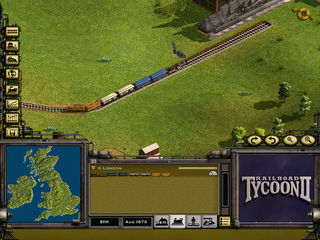Railroad Tycoon II is a railroad simulation and strategy game developed by PopTop Software and released for Windows in 1998.
As you can imagine, the game is a management game focused on building and operating a railroad empire. Despite its title, the game is not a direct sequel to Sid Meier's Railroad Tycoon from 1990. Instead, PopTop acquired the rights to the name from MicroProse after it had been bought by Hasbro Interactive. Sid Meier was not involved in developing this second installment; PopTop worked independently, and Railroad Tycoon II was created as a spiritual successor rather than a continuation of his work.
The game puts players in control of a railway company, with the goal of expanding networks, managing cargo and passenger transport, investing in industries, and competing with rival companies. It spans several historical periods, from the early days of steam locomotives to modern electric and diesel trains, offering dozens of real-world engines and geographic regions. Scenarios are set across different continents, including North America, Europe, and Asia, each with unique challenges and terrain. Players must lay track strategically, build stations, manage supply and demand, and pay close attention to the company’s finances, including issuing stock and handling debt.
Graphically, Railroad Tycoon II uses a detailed 2D isometric engine that was well received at the time. The landscapes are varied and colorful, with hills, rivers, forests, and cities all rendered clearly. Trains are animated smoothly, and watching a functioning network in motion is both satisfying and useful for gameplay. The interface is dense but manageable, with tabs and graphs giving the player access to extensive economic and logistical information. The soundtrack, composed by Jim Callahan, is widely praised for its quality and variety, with blues, jazz, and country-inspired themes that suit the game’s atmosphere. Sound effects for trains, track building, and ambient noises round out the audio experience well.
Critics were very positive toward the game. It was praised for its depth, replayability, and polish. Many reviewers noted that while it bore the name of Sid Meier’s classic, it had evolved the concept with more focus on financial management and competitive multiplayer. It won several awards and became a commercial success, especially in the strategy gaming community. It was later released in a Platinum edition that included an expansion pack and additional scenarios, confirming its popularity. PopTop also released Railroad Tycoon 3 in 2003.
Railroad Tycoon II established PopTop Software as a serious name in strategy gaming and showed that a new studio could successfully build on the legacy of a genre classic, even without the original designer’s involvement.

